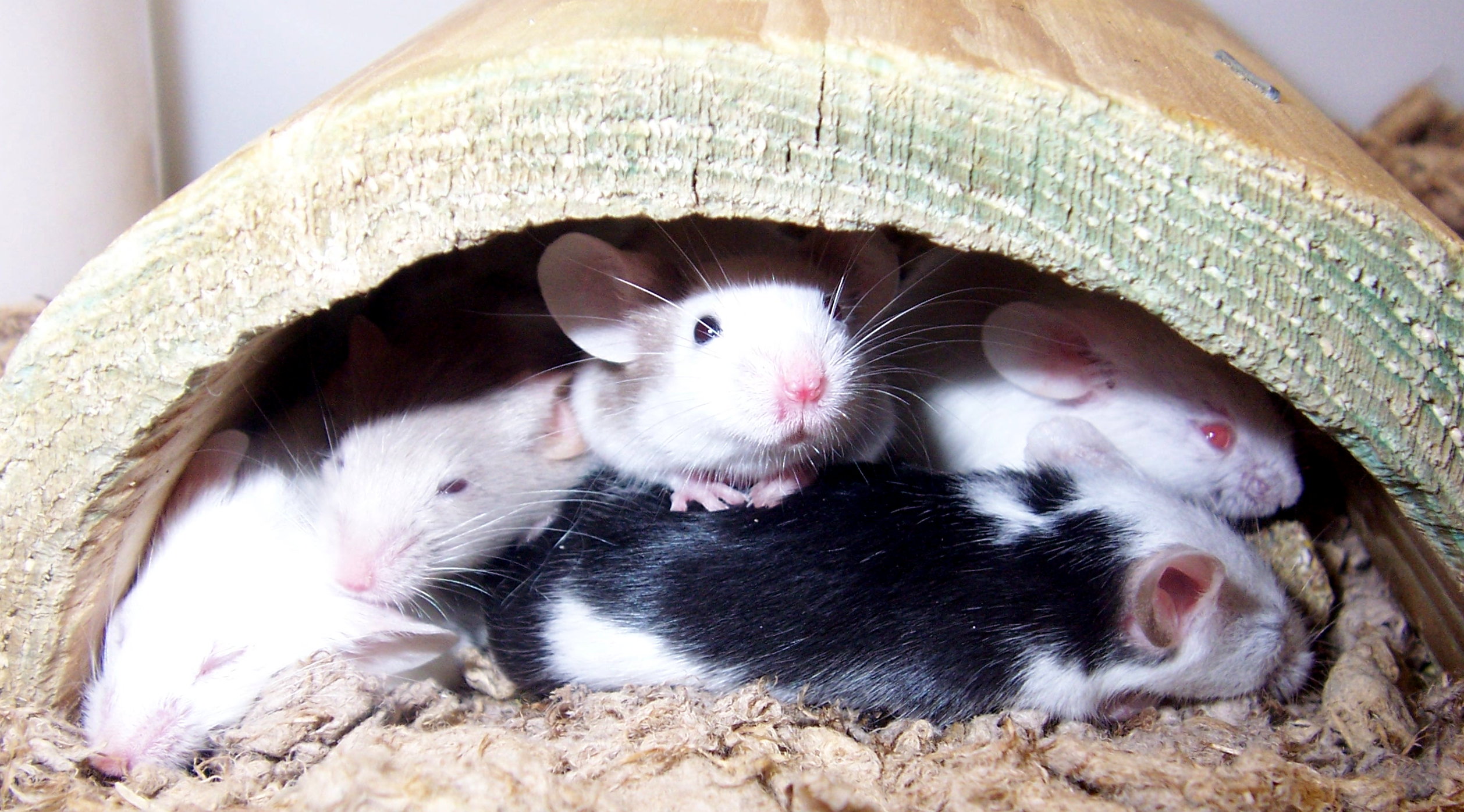In the mid-20th century, rat models were used by psychologists to study the science of drug addiction. Rats would be placed into cages, connected to a pump that would deliver a dose of morphine when a switch was pressed. These rats would press the switch to get more “hits”, with some rats pressing the button in preference to food and water, eventually dying from dehydration.
In the 1970’s, Professor Bruce Alexander questioned whether this was an accurate description of the nature of drug addiction in humans. He posited that given that rats are social animals, placing them in isolation would put them in an environment where the drugs were the only “escape”. To study this, his team designed a large enclosure that they nicknamed “Rat Park”.

Rat Park was designed to be a utopia for rats. It was 200 times the size of a standard cage, filled with comfortable cedar shaving floors, plenty of nesting areas, toys and abundant food. Most importantly, the enclosure had all 16 rats living in the same enclosure, so that they could interact with each other. The control group were placed individually in 16 separate isolated cages.
The researchers gave the rats a choice of two fluids to drink from – water and water laced with morphine. Although the rats initially stayed away from the morphine due to the bitterness, they eventually started drinking from it when they realised the euphoric sensation they got from drinking it. Interestingly, rats in cages would follow the traditionally predicted path of drinking more and more morphine, becoming addicted. However, rats living in Rat Park would barely touch the morphine water. Even when the morphine was sweetened with sugar, the rats would still not drink much of it.

Through rigorous experiments, the researchers deduced that the Rat Park residents preferred social interaction over the drug-induced haze from drinking morphine. Rats under the effects of morphine were less able to socialise and in an environment with adequate social stimulus, this was a good enough reason to avoid drugs.
In a different experiment, Professor Alexander’s team put rats already dependent on morphine into Rat Park. They found that despite withdrawal symptoms, rats would prefer staying away from morphine and would attempt to socialise.
Although it remains controversial, Alexander’s research into Rat Park offered new insights into the study of drug addiction. It raised the question of whether drug addiction was purely an issue of biochemistry and how much effect our social environment has on our life choices.










